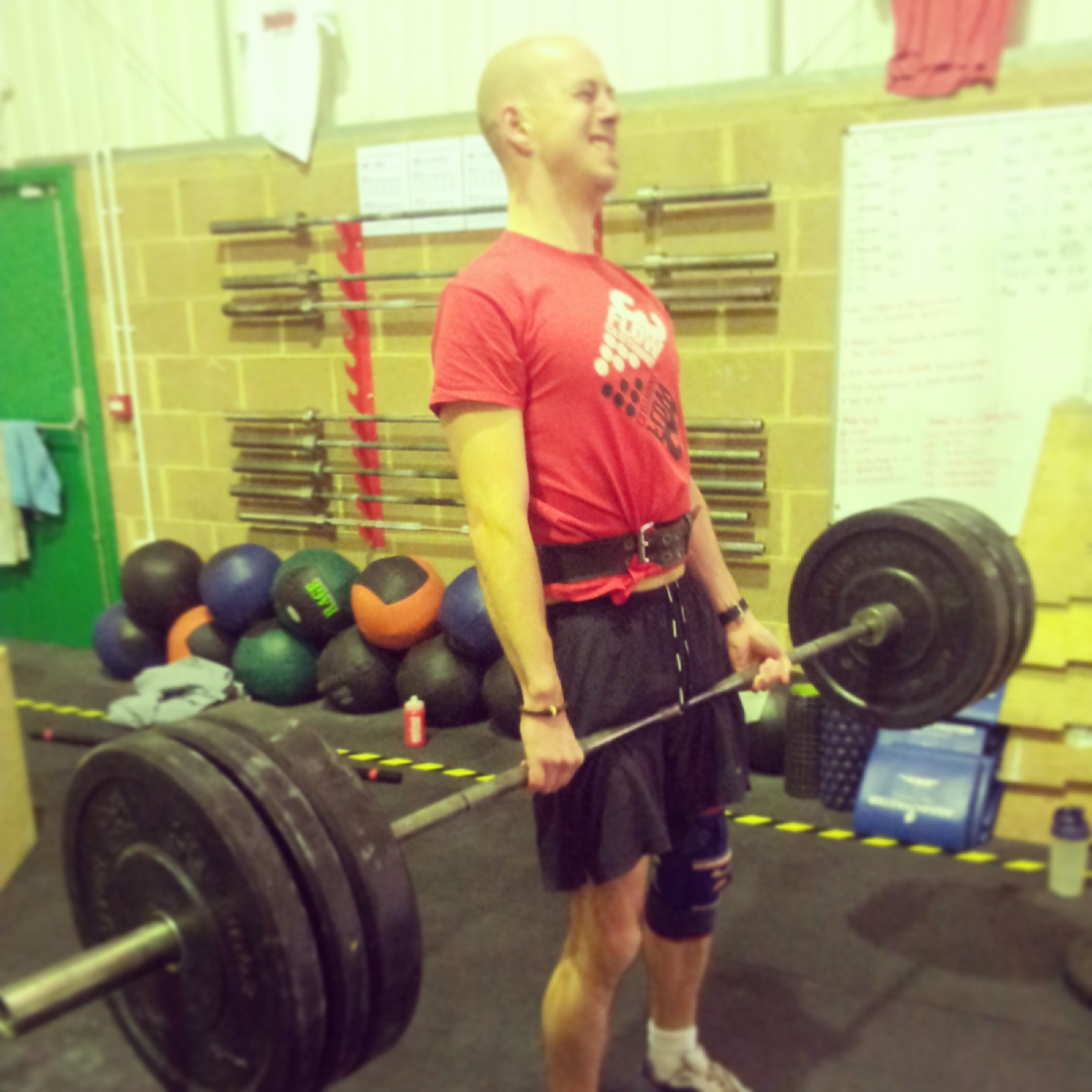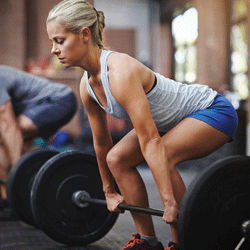With the world of weightlifting and resistance training exploding over the past few years, it is not surprising there has been an increase in lifting “accessories” on the market. Most stores and sites now stock a long list of straps, wraps, knee sleeves, belts and much more. I want to focus on weightlifting belts for this post. Whilst a belt can be a great addition to your gym bag, they’re often used for the wrong reason.
Weightlifting Belts DO NOT Fix Back Pain!
Back pain that develops through lifting is most likely down to incorrect movement patterns and core stability. Poor movement patterns will cause forces to act on the body differently to the desired effect. Your ability to brace and control your core through a movement can be thought of as your own natural weightlifting belt. If you cannot do either of these things, using a weightlifting belt is as much use as a plaster on a fractured leg.
So What Do Weightlifting Belts Do?
Research has shown that athletes using belts correctly can move heavier loads, faster. I’m not saying it’s going to put 50kg on your back squat. Wearing a belt can help create intra-abdominal pressure. This pressure acts to brace the spine and trunk, allowing effective and efficient transfer of force. Ever had that feeling you’re being squished into a scoop of mash potato in a front squat? Yeah? Well you’re probably lacking core stability and intra abdominal pressure!
So yes, wearing a belt may help you increase by up to 20% during heavy squats. However, You MUST have good movement patterns and core stability if you want to avoid pain, injuries and plateaus. As a rule of thumb I advise clients to only use a belt if they are lifting over 85% of their 1RM. You shouldn’t really need one for anything less than this.
NK Fitness Coaches Start At The Bottom
All of us here at NK Fitness are firm believers in technique and consistency before load and intensity. Our Personal Trainers in Surrey, will ensure you have sufficient levels of movement and technique before they load you up and ask you to move explosively. If you’re goal is to become the next UK powerlifting champion, we’re still going to make sure the basics are there before we slap a belt on you and send you out to lift.

